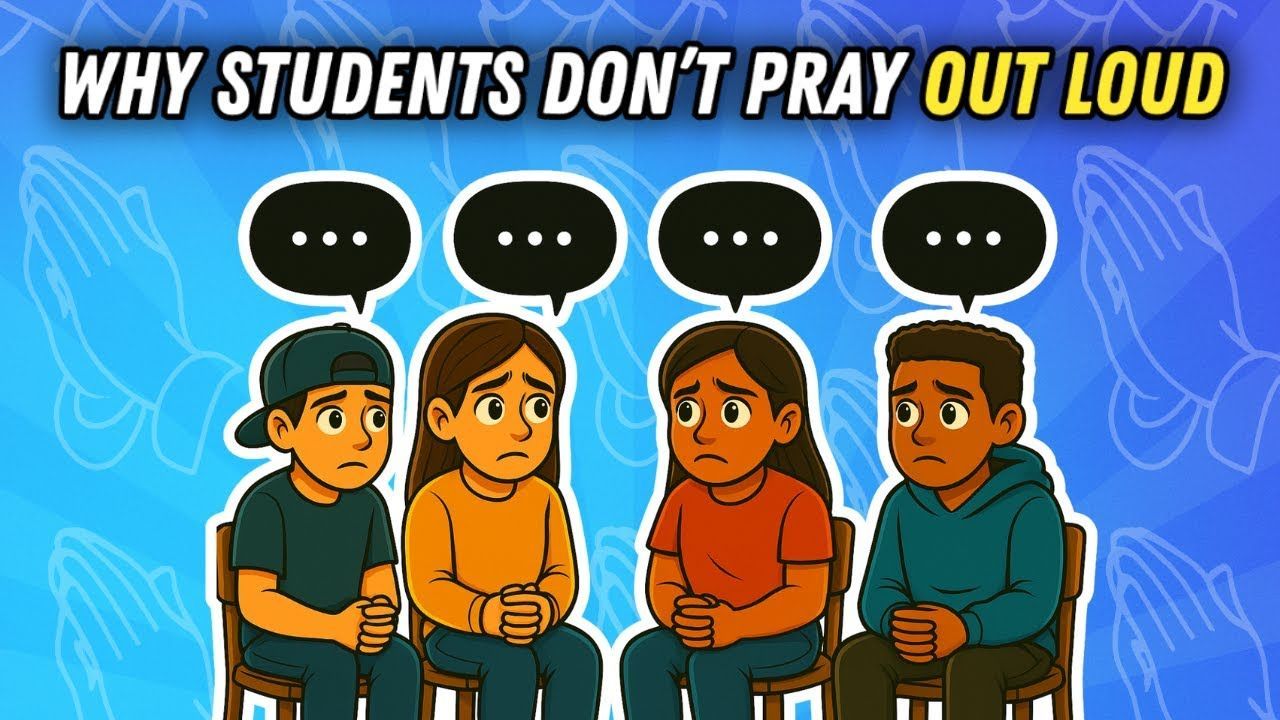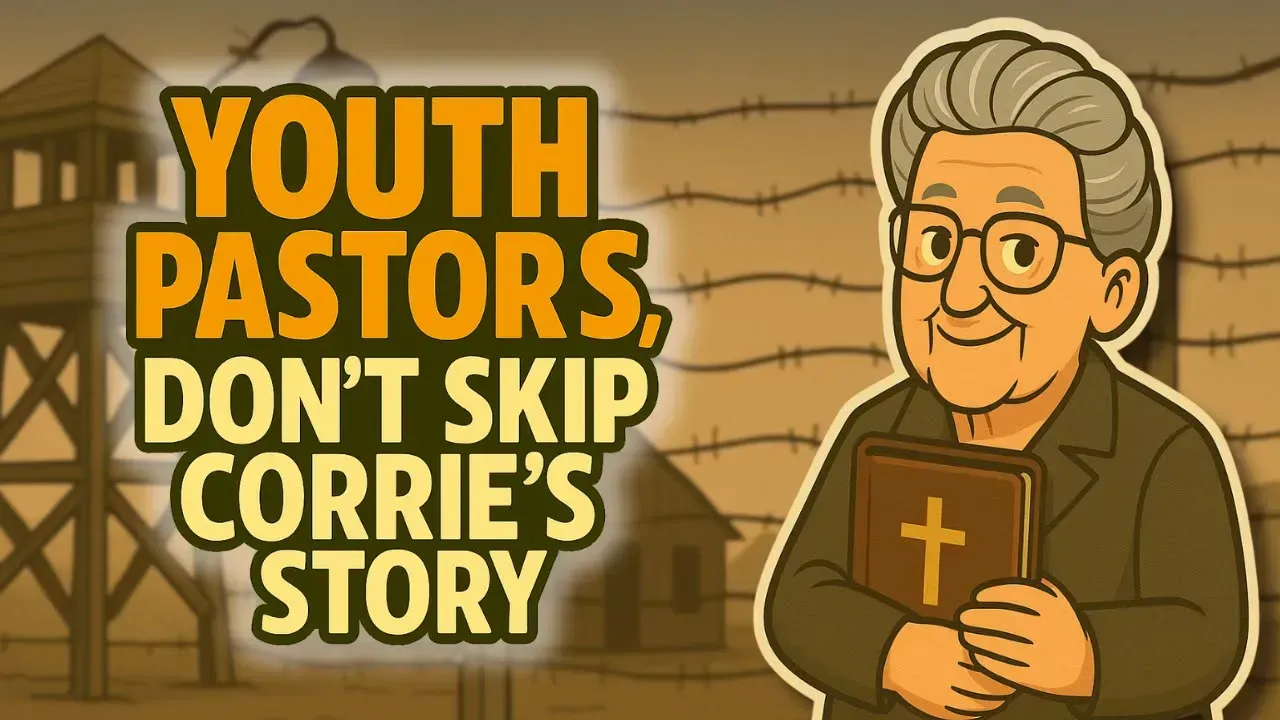How to Lead Students When the World Feels Chaotic
When the World Feels Chaotic: Helping Students See the Real Battle
Check the podcast here!
Every headline feels heavier these days. Each week brings another crisis. To many, it looks like cultural chaos. But underneath it all, Scripture reminds us—it’s actually a spiritual war. And if we don’t help our students understand that, they’ll spend their lives fighting the wrong battle with the wrong weapons.
Tragedy, whether on a national scale or within a local community, always leaves students searching for answers. In those moments, youth pastors and leaders have a unique opportunity to point them to Jesus—the Savior who brings clarity and hope when the world seems to be falling apart.
Chaos and Opportunity in Tragedy
In recent weeks, shocking events—from violent public tragedies to graphic stories spreading online—have left students shaken. Even if they didn’t know the individuals involved, the raw and brutal nature of these moments has pierced their world.
But this isn’t new. Many leaders remember the silent hallways after 9/11, the string of suicides in a Virginia school district in 2010, or even local tragedies that rocked a single youth group. These moments remind us: when tragedy strikes, students don’t need polished sermons—they need shepherds who can help them process, grieve, and find hope.
Practical Ways to Lead Students Through Chaos
1. Start with Prayer.
When life knocks us to our knees, we’re in the perfect position to pray. Before rushing to make statements or offer solutions, ground yourself and your students in God’s Word and presence. Prayer produces boldness, confidence, and perspective when everything feels uncertain.
2. Model Honest Responses.
Students need leaders who are real about their own struggles. It’s okay to admit, “I’m angry. I’m heartbroken. I don’t like what I’m feeling.” Modeling godly responses—grieving, processing, and clinging to Christ—shows them how to navigate emotions without being controlled by them.
3. Name the Real Enemy.
Ephesians 6 reminds us: our struggle isn’t against flesh and blood. Students need clarity that people are not the enemy—Satan is. Tragedy is a stark reminder that the Christian life isn’t a playground but a battlefield. Naming the real battle helps students avoid turning against one another and instead see the spiritual reality behind the headlines.
4. Show Them the Real Jesus.
Our students don’t need a watered-down, “safe” version of Jesus. They need the Jesus who is both loving and just, both gentle and powerful. The Jesus who conquered death and who promises that evil will be dealt with once and for all. When students grasp that reality, they can trust Him not only in times of peace but especially in times of chaos.
5. Keep the Mission Central.
In tragedy, it’s easy to get distracted by politics, culture wars, or anger. But our mission remains: share the gospel. Tragedy often opens doors for gospel conversations with people who are searching for hope. If we aren’t present in those moments, we miss opportunities God is placing in front of us.
The Heart of the Gospel in Tragedy
The world will always have trouble—Jesus told us that (John 16:33). But He also said, “Take heart, I have overcome the world.”
That truth doesn’t mean we minimize grief or ignore hard questions. It means we bring students back to the only real hope: the gospel. The cross shows us that justice, love, and grace all meet in Jesus. Tragedy reminds us why the gospel matters, why the mission is urgent, and why students need to see a faith that isn’t shaken by headlines.
Final Word of Encouragement
Youth ministry can be lonely, especially when tragedy strikes. But you are not alone in the fight. Lean on other leaders, on your church family, and ultimately on Christ. And remember: when students see you standing firm in the storm, pointing them to Jesus, you’re helping them fight the right battle with the right weapons.
As C.T. Studd once said: “Some want to live within the sound of chapel bells; I want to run a rescue shop within a yard of hell.”
That’s what youth ministry is. Tragedy may shake the world, but it also opens a door for the gospel. Let’s not miss it.











